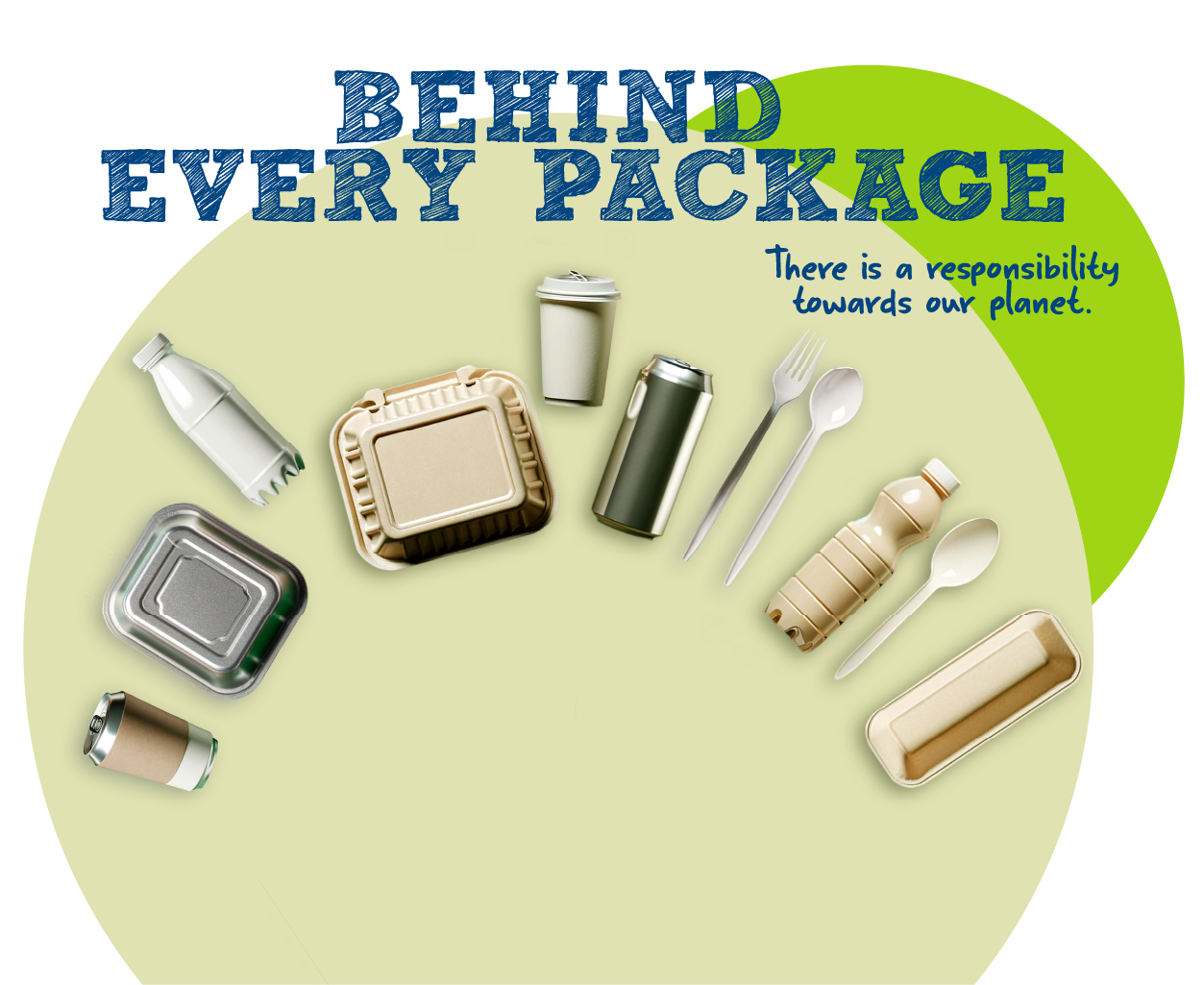There is no perfect packaging
BUT THERE ARE CONSCIOUS USERS

Behind every packaging, there is a responsibility towards our planet
Leer más
Packaging is a key element in reducing one of the most relevant global issues: food waste, by extending its shelf life and preventing waste. By informing ourselves and learning about the characteristics and life cycle of different packaging materials, we can make more informed decisions that support sustainable practices. These small decisions are what drive the transformation towards a circular economy model, where every piece of packaging waste is utilized, thus reducing our environmental footprint. Join us on this journey of learning and action, where each choice we make as consumers not only satisfies an immediate need but also embraces a broader responsibility towards our planet. There is no perfect packaging, but there are conscious users.
In our quest to understand the environmental impact of the various materials used for packaging, it is essential to recognize that there are no materials inherently “good” or “bad.” Rather, it is the way we, as consumers, interact with these packages that determines their real impact on the environment. Every purchase, use, and disposal decision plays a crucial role in dictating whether any packaging or product will become a valuable link in the circular economy or end up as another waste in the landfill.

20%
of the world's waste is related to packaging.

20%
According to figures from Greenpeace and the World Economic Forum, 20% of the world's waste is directly related to everyday consumer packaging.
(Forbes, 2019)

16%
of the world's waste is recycled.

16%
More than 2.1 billion tons of waste are produced globally each year, of which only 16% is recycled.
(BBC, 2019)

5.4%
of global CO2 emissions are caused by packaging.

5.4%
The food industry is responsible for approximately 30% of global CO₂ emissions, of which packaging contributes to 5.4% of the total, more than any other factor in the supply chain.
(FAO, 2021)

33%
growth in delivery.

33%
It has been recorded that delivery platforms generated a 33% growth for the period from 2013 to 2020. Especially in 2020, there was an additional increase of 7% due to confinement and new digital habits.
(Forbes, 2021)




